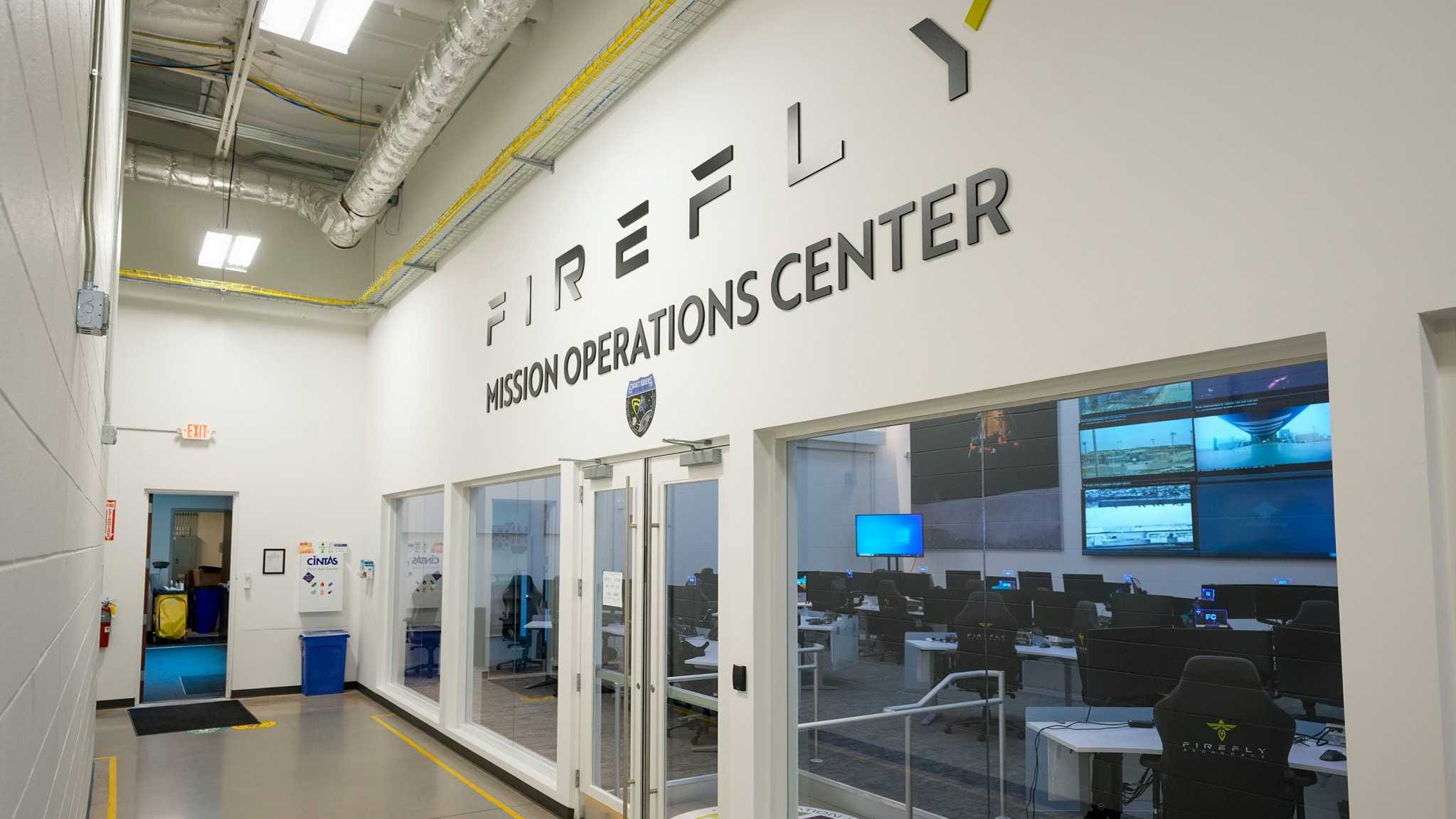business
Firefly Aerospace lands $176.7M NASA contract for moon mission
Firefly Aerospace, the Cedar Park-based space and technology company that recently became the first commercial company to land on the moon, was awarded a $176.7 million NASA contract for another lunar mission.
Published July 30, 2025 at 10:30am

After becoming the first commercial outfit to land on the moon, Firefly Aerospace Inc. is heading back — this time under a $176.7 million NASA contract.
The Cedar Park-based space and defense company will deliver two rovers and three scientific instruments to the moon’s south pole in 2029 as part of NASA’s Commercial Lunar Payload Services program.
The mission marks Firefly’s fifth CLPS award under the $2.6 billion initiative, which taps commercial partners to deliver science and tech to the lunar surface ahead of future crewed missions.
"Firefly is honored to support another NASA CLPS task order as a proven, reliable partner for robotic missions to the Moon," Firefly Aerospace CEO Jason Kim said in a statement. "Following our first Blue Ghost mission that made history just a few months ago, this bold Firefly team proved we have the right mix of grit, innovation, and dedication to not only stick the landing, but also complete all scientific objectives for our payload partners. We’ve set the bar high, and we aim to continue setting new records in our missions to come with our active production line of Blue Ghost landers."
Blue Ghost Mission 4, scheduled for 2029, will use Firefly’s Elytra Dark transfer vehicle to deliver a lunar lander into orbit around the moon. Elytra will then remain in orbit to provide communications support and is expected to stay operational for more than five years, according to the company.
Once on the moon’s south pole, the Blue Ghost lander will deploy two rovers — Carnegie Mellon University and Astrobotic’s MoonRanger, and a Canadian Space Agency rover — along with three scientific payloads designed to gather data over a 12-day mission.
If all goes as planned, this will mark the third Elytra vehicle to operate in lunar orbit.
Firefly completed its first Blue Ghost mission in March, becoming the first commercial company to successfully land on the moon’s surface.
Since then, Firefly has landed three more lunar mission contracts.
Blue Ghost Mission 2, scheduled for 2026, will also use Firefly’s Elytra Dark transfer vehicle and Blue Ghost lunar lander. The mission will deploy the European Space Agency’s Lunar Pathfinder satellite into lunar orbit before delivering Blue Ghost to the far side of the moon. As part of the mission, Firefly signed an $18 million contract with NASA — its fourth CLPS award — to provide radio frequency calibration services.
Blue Ghost Mission 3, a $179.6 million contract under NASA’s CLPS program, will follow a similar mission profile to Mission 4. However, instead of landing at the south pole, Blue Ghost will target the Gruithuisen Domes — silica-rich volcanic formations on the near side of the moon.
These larger NASA contracts, along with continued investor backing, have helped propel Firefly toward the public markets. The company filed earlier this month to list on the Nasdaq under the ticker symbol FLY.
NASA's CLPS program is part of the agency’s broader Artemis program, a long-term effort to return humans to the moon and eventually use it as a launching point for crewed missions to Mars. The Artemis initiative has faced delays and budget overruns, and several missions involving commercial partners have failed in recent years.
Artemis II, originally scheduled to send astronauts around the moon in September 2024, has been delayed to April 2026. Artemis III, which aims to land astronauts on the moon using Texas-based SpaceX’s Starship rocket, has also been pushed back — from 2026 to 2027.

